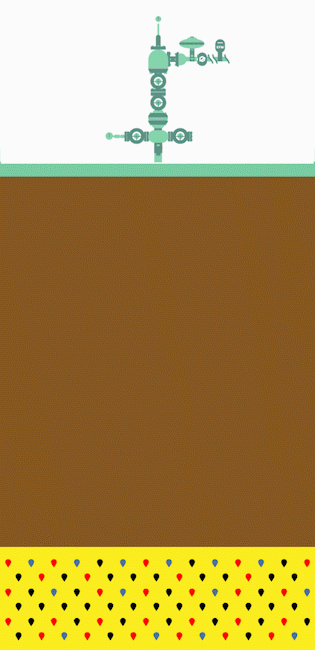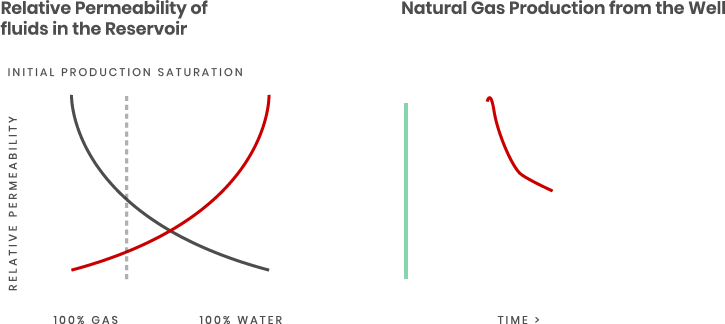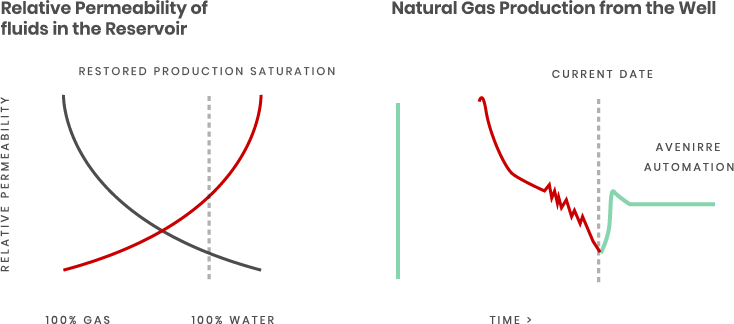Reservoir Science
Early Life of the Well
1. Well is drilled, targeting the Natural Gas Reservoir
2. Production casing is placed in the hole
3. Cement is Circulated to isolate fresh water and the reservoir
4. Entry points (perforations) between the wellbore and the reservoir are established.
5. Production tubing is put into the well to sustain production from the wellbore
6. Reservoir fluids (oil, gas, water) begin flowing out of the reservoir, into the wellbore, and to the surface for the separation and transport to sales.




Middle Life of Well
1. Fluid is always in the wellbore
2. Natural gas and formation water are produced into the wellbore at initial rates.
3. As reservoir pressure drops, fluid accumulates in the wellbore.
5. With continued production managed by humans, natural gas permeability in the reservoir is reduced by the presence of the wellbore and reservoir fluids.
6. The wellbore and near-wellborn reservoir are partially saturated with fluid, thereby altering the productivity of the well. The well and reservoir are now “super-loaded” with negative hydrostatic and relative permeability effects.
Artificial Lift: SmartLift Plunger Automation and Reservoir Optimization
- Fluid partially fills the wellbore.
- The near-wellbore reservoir is partially saturated with fluid, thereby altering the productivity of the well. The well and reservoir are now “super-loaded” with negative hydrostatic and relative permeability effects.
- With real-time automation driven by pressures instead of time, the well can deliquefy as the reservoir is ready.
- Fluid heights in the wellbore are lowered, hydrostatic pressure is reduced, and bottom hole differential pressures are maximized.
- With continued automation, the near-wellbore induced water saturation is remediated, restoring production to the well previously impaired by existing automation.
- Increases in production while eliminating soap results in longer life, lower LOE, increased OCF, and increase in net reserves.


